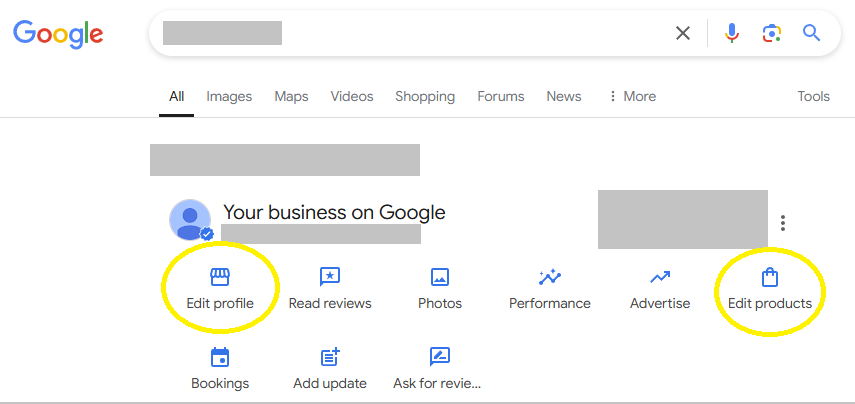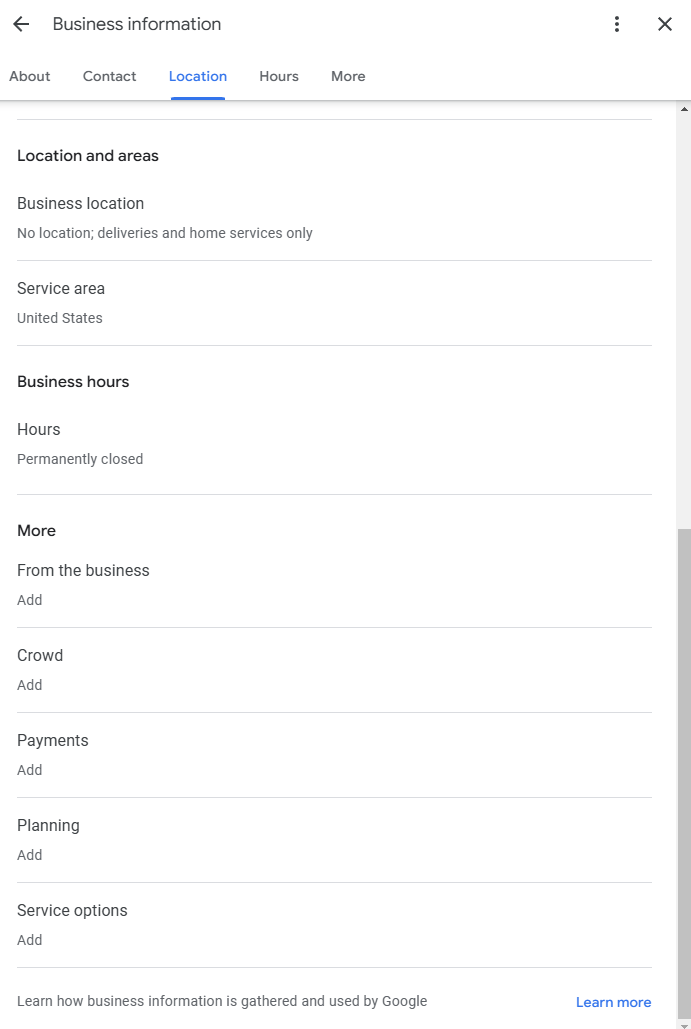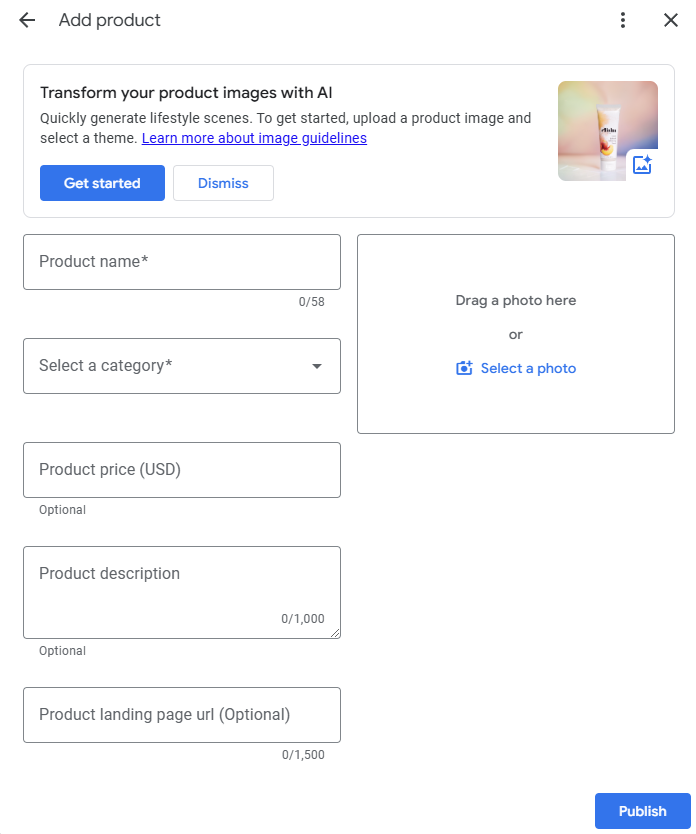Physical Address
304 North Cardinal St.
Dorchester Center, MA 02124
Physical Address
304 North Cardinal St.
Dorchester Center, MA 02124

When Google Voice was released in 2012, and then Amazon Alexa was released in 2014 voice search was expected to be highly influential.
Voice search didn’t quite take off in an industry-shaking way. But, as the technology has improved, it’s become integrated into so many devices and daily user journeys that it’s important to understand for SEO.
Voice search describes when people use their voice devices to access information available from search engines.
Voice commerce describes people using voice devices to make purchases. It’s part of voice search, and users often interact with search engines to complete purchases.
For SEO professionals, there are two core functions you should pay attention to:
Alongside core functions, there are three different core voice search intents to consider for SEO:
Transactional Intent
Someone is looking to purchase a product or go to a location for a product or service.
High-Intent Consideration
Someone doesn’t know exactly what they want, but they need something.
How-To/Active Learning Query
Users interact with voice assistants to answer questions or find information.
Informational Query
Someone uses a voice assistant to come up with a quick answer.
Accessibility
Voice search and mobile SEO are highly interconnected.
Basically, every mobile device is also a voice device, so I find it helpful to think about the place in the journey a user is when they use their voice.
If you take a look at what people say they use their voice assistants for, there isn’t much room for traditional SEO discovery – in the sense of Googling things, in the real-world functions. But they are making shopping lists and making purchases.
Voice recognition technology has a long history, but the first true voice assistant was Siri, released on the Apple app store in 2010 and integrated into the iPhone in 2011.
Many voice assistants have connectivity to either the internet at large or certain aspects of search functionality, such as Google Maps. The main voice assistants are:
Voice search is embedded into many devices. Some have limited functionality, like a Roku remote that searches for TV shows and movies. Others can access almost anything online, like an Amazon Echo or the Google voice assistant.
There’s voice tech in your phone and your car if you’ve bought a vehicle made in the last 10 years. There’s voice tech in your TV or streaming device.
Devices that can connect to voice search functions include:
Not all of these devices have implications for SEO. It doesn’t make a whole lot of sense for you to do SEO for someone giving voice commands to appliances around their house.
There are multiple reasons that voice search is critical for SEO strategy, and the specific reason depends on the intent and use case.
These intents also inform your approach and the tactics you use to target users engaging with voice search.
People with visual impairments likely use devices like screen readers and may use voice interactions to engage with content online.
Ensuring your content is easy for devices like screen readers to navigate improves the user experience for all users, not just those needing accessibility functions.
Some people prefer voice interactions or activate search functions using their voice when they’re not able to use their hands. Common examples include driving and cooking.
Voice searches are often conducted for convenience when a user doesn’t need to spend time searching or when they need something quickly.
Examples of this intent include:
In many cases, if you’re properly targeting intent and keeping updated with the SEO fundamentals of your website and content, you’re already optimizing for voice search. This technology is advanced and mature and can read the web.
There really is no disadvantage to targeting voice search if you think about it in terms of intent and use case.
If you perform well in voice search, you likely also perform well in overall SEO because voice assistants can connect to external sources to provide you with information.
So, if you’re the top result in that source (Google Maps, Google Search, Amazon marketplace, Etsy, etc.), you’re more likely to be the result the user hears or sees.
However, certain elements of voice search need specific attention, such as conversational queries, Amazon shopping, and local search.
Voice search and local queries are closely aligned due to the use case. People on the road, looking for somewhere to stop, will likely use voice search. Or they might look for somewhere to go right before leaving the house.
The good news is that if you’re investing in local SEO, you’re already well-positioned to appear in these kinds of voice searches.
It’s critical to optimize for the Map Pack, build your Google Business Profile, and develop local-SEO friendly websites to serve these voice search intents.
You want to make a local-focused experience as smooth as possible. When people are out traveling or running errands, being the first to serve their immediate and specific needs can mean walk-in traffic.
 Screenshot from Google search, November 2024
Screenshot from Google search, November 2024 Screenshot from Google Business Profile, November 2024
Screenshot from Google Business Profile, November 2024 Screenshot from Google Business Profile, November 2024
Screenshot from Google Business Profile, November 2024Follow these resources from SEJ to achieve higher local rankings and show up in local voice searches:
The Alexa ecosystem connects with users’ Amazon accounts and allows them to make purchases quickly and easily using their voice.
If you’re in ecommerce, this makes your optimization on platforms like Amazon critical. While the Alexa ecosystem often means that users skip platforms like Google, that doesn’t mean SEO is irrelevant.
Amazon is a search engine, too, and properly optimizing your business and products on the platform could help you increase sales via direct voice purchases.
Other voice assistants might access search engines like Google for product searches.
Optimize your product landing pages with structured data (expanded on in the next section) for an easy user experience, both in Google Search and if a user decides to explore your page using voice.
SERP features and AI Overviews focus on providing short, quick summaries and answers to specific queries.
If you can appear in these additional features, then you’re right at the top of the page where those queries are answered, whether they’re typed or spoken.
Structured data is particularly important for voice queries, especially those spoken back to the user without a screen.
Properly structuring the data about your pages and content helps the algorithms choose what to display and helps voice assistants speak coherent results.
On the smaller screens of mobile devices, featured snippets become important because there’s less screen space for users to see organic results.
Schema should be part of your overall SEO strategy and you can learn more here:
Voice search involves answering queries that people speak. While SEO often involves targeting short phrases that people type, people speak very differently.
There are three key considerations for keyword targeting when it comes to voice:
All these facts make long-tail queries and high-intent task or product-focused queries important.
By creating content on your website that serves these types of queries, you can get yourself in front of audiences during decisions or consideration points in their process.
SEJ has many resources on long-tail queries and targeting query intent:
Developments in AI have improved how search engines respond to queries in longer form, “natural” or “conversational” language. These types of queries are more likely from voice searchers. They’re also key to successful SEO strategies overall.
As AI algorithms get better at understanding and responding to complex queries, voice search is becoming less of a separate thing to optimize for and more of a benefit of a robust SEO strategy.
Your content strategy should involve developing easily accessible answers to questions and common queries you expect from your audience.
You can use Google’s features, such as People Also Ask, and your keyword research tools to identify questions your audience will likely ask and then build them into your content strategy.
Read these resources from SEJ to find out more about questions and answers:
Advanced natural language processing means search algorithms can easily interpret queries, even in complex language, and return results that match them.
Your focus should be on search intents for users who are either in a hurry, have a high intent to action, or need additional accessibility.
For all these users, you should make your website easy to navigate and focus on acquiring the top spots in featured snippets and local SEO results.
While voice search wasn’t as disruptive as expected, it was a step in the development of natural language processing towards AI technology. Understanding these concepts can help you succeed in modern SEO.
More resources:
Featured Image: New Africa/Shutterstock